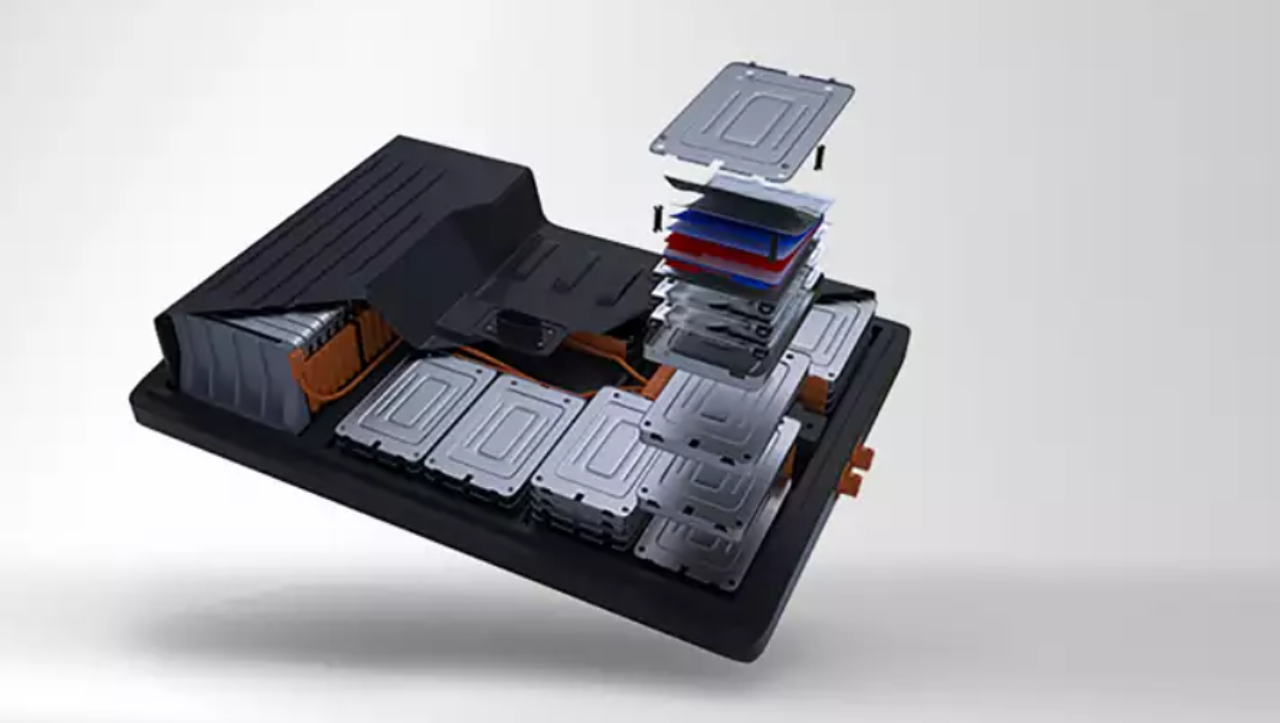
Environmental pollution through battery disposal, increased demand for electric vehicles (EVs), Hybrid electric vehicles (HEVs) and plug-in hybrid vehicles (PHEVs), and rise in the interest for smartphones, tablets, and other electronic devices fuel the growth of the global lithium-ion battery recycling market, the recent report from Allied Market Research, observed.
According to the report: 'Lithium-Ion Battery Recycling Market by Battery Chemistry, Source, Recycling Process, and End-use: Global Opportunity Analysis and Industry Forecast, 2021–2030,' the global Lithium-ion battery recycling industry is estimated to grow $38.21 billion by 2030, registering a CAGR of 36.0% from 2021 to 2030. The market size was about $1.33 billion in 2020.
According to the report, the increasing focus on lowering the cost of lithium-ion batteries rather than its recyclability impedes growth to some extent. Nevertheless, higher energy efficiency requirements in technologically updated consumer gadgets and increased adoption of electric vehicles are anticipated to create lucrative opportunities in the future.
The key players in the industry includeAmerican Battery Technology, Accurec Recycling, Duesenfeld, Li-Cycle, Ganfeng Lithium, Umicore, Fortum, Retriev Technologies, Akkuser and Lithion Recycling.
COVID-19 scenario-
The outbreak of COVID-19 led to a temporary ban on export & import, which disrupted processing & manufacturing activities across the world. This, in turn, declined the demand for lithium batteries from several industry verticals, thereby affecting the global lithium-ion battery recycling market.
However, the global situation is being improved gradually, and the market is expected to recoup soon, Allied Market Research stated.
Growing electronics segment
By source, the electronics segment held more than two-thirds of the lithium-ion battery recycling market revenue in 2020 and is expected to rule the roost by the end of 2030 on account of a rise in dependence on highly efficient power sources in smartphones, laptops, digital cameras, and other electronic devices.
On the other hand, the EVs would cite the fastest CAGR of 45.5% during the forecast period. Moreover, adopting EVs by the automotive consumers and transitioning conventional fuel vehicles to EVs, HEVs and PHEVs are expected to fuel the demand for lithium-ion batteries, which is anticipated to increase the demand for battery recycling, the research firm said.
Non-automotive segment to maintain the dominant share
By end-use, the non-automotive segment garnered a significant share in 2020, holding nearly four-fifths of the lithium-ion battery recycling market. The rise in demand for the second life application of lithium-ion batteries in consumer electronics devices such as laptops, digital cameras, smartphones, and others fuels the segment growth. However, the automotive segment would garner the fastest CAGR of 41.9% from 2021 to 2030 due to the rise in the re-utilisation of second-life lithium-ion batteries in electric bikes and other smaller EVs.
Europe to lead the pack
In terms of region, Europe held the highest share in 2020, garnering more than one-third of the lithium-ion battery recycling market. This is due to numerous factors, including the huge consumer base and the existence of key players in the region. Simultaneously, the market across Asia-Pacific would manifest the fastest CAGR of 40.8% from 2021 to 2030, owing to a rise in demand for consumer electronics devices in the province, the research and business-consulting company said.
Courtesy: Allied Market Research. NB: Photo is representational; courtesy: Umicore.